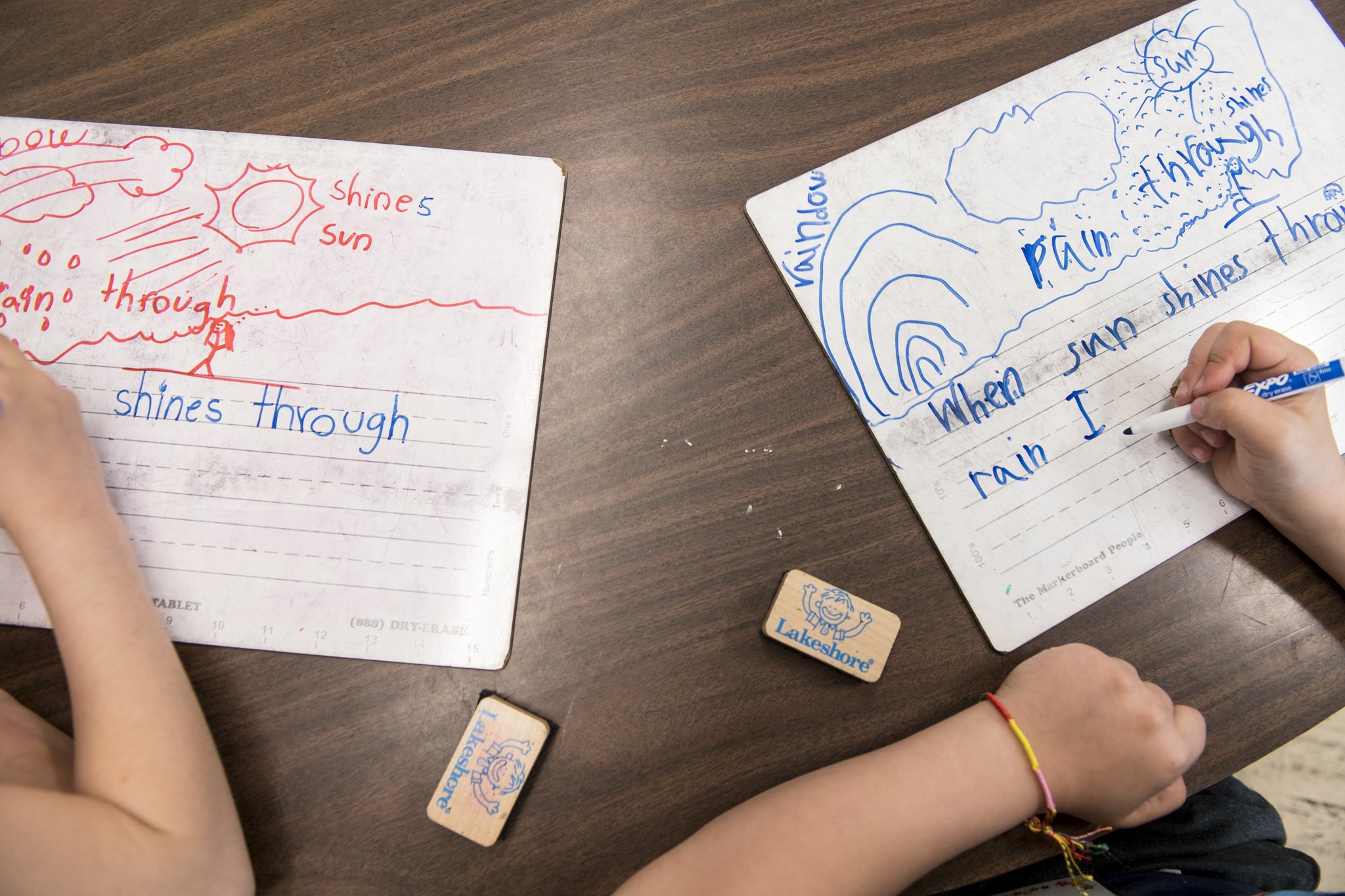
Introducing Viconic Language Methods™
Get accessible and personalized educational information based on the way the brain learns.
Photographed by Karl Maasadam and provided by the University of Portland.
My Approach
Learning, language, and behavior are interconnected. Conceptual learning is brain-based, and language represents concepts or thinking. Behavior represents the processing level of input, the conceptual level used in thinking, and the social level of language. As thinking raises, so does language as a tool for critical thinking, problem solving, and improved forms of literacy. Viconic Language Methods were developed over several decades in response to the needs of many children who experienced learning, language, and/or behavior problems. These VLMs align with how language is acquired, as described by the Neuro-Semantic Language Learning Theory (NsLLT). Many professionals have used the VLMs in their practices and have collected some powerful, positive data showing their effectiveness.
Neuro-Educators are in the Portland, Oregon area.
Consulting
Professional Learning
Arwood and her colleagues are available to help groups learn about the NsLLT, ANM, VLMs, and the NvES through workshops, presentations, key-note lectures, and the discussion of referred publications.
Refining Practice
Arwood is available to answer questions about your application of the NsLLT, ANM, VLMs, and NvES.
Dissemination of Data
Arwood is available to support professionals and families in their desire to share their insights and case studies on the use of the NsLLT, ANM, VLMs, and NvES.
Grants
Arwood and her colleagues are available to help groups learn about the NsLLT, ANM, VLMs, and the NvES through workshops, presentations, key-note lectures, and the discussion of refereed publications.













